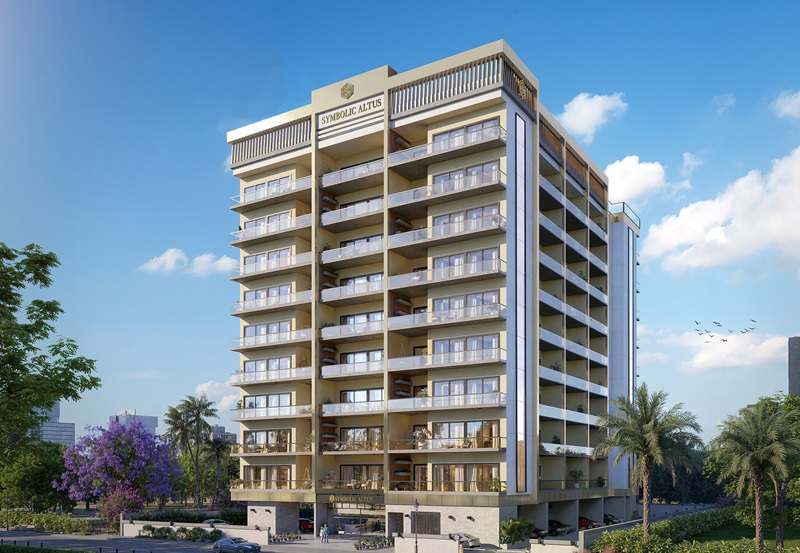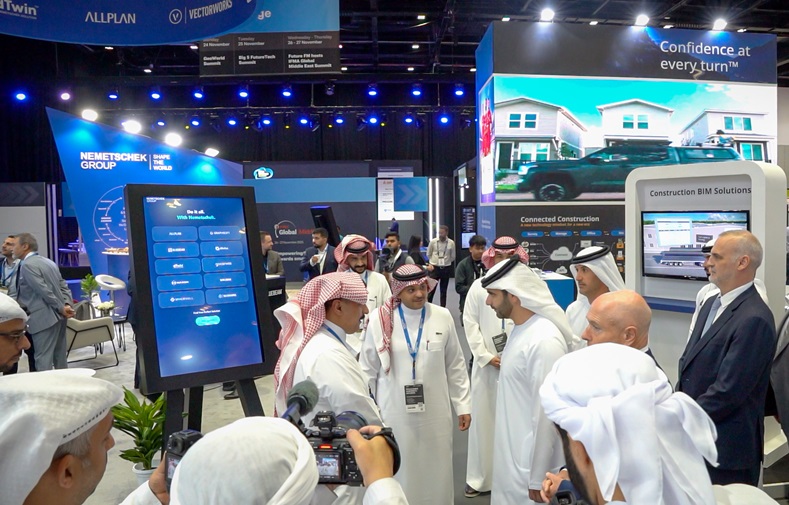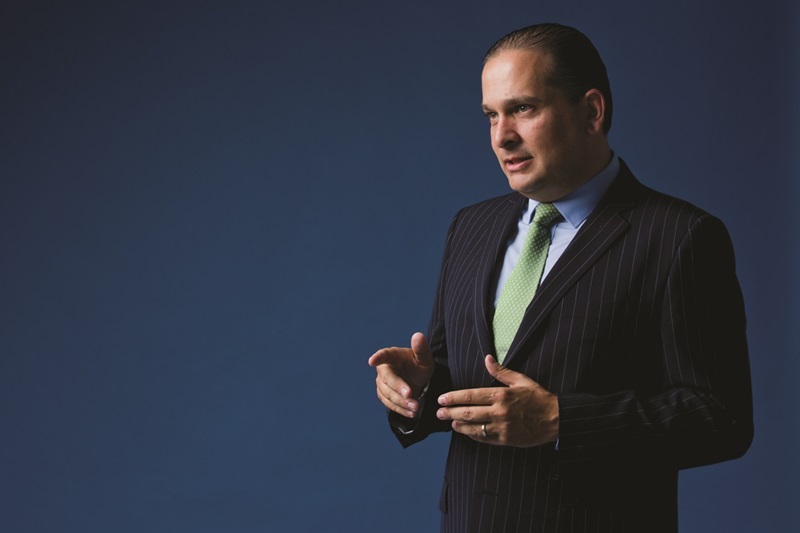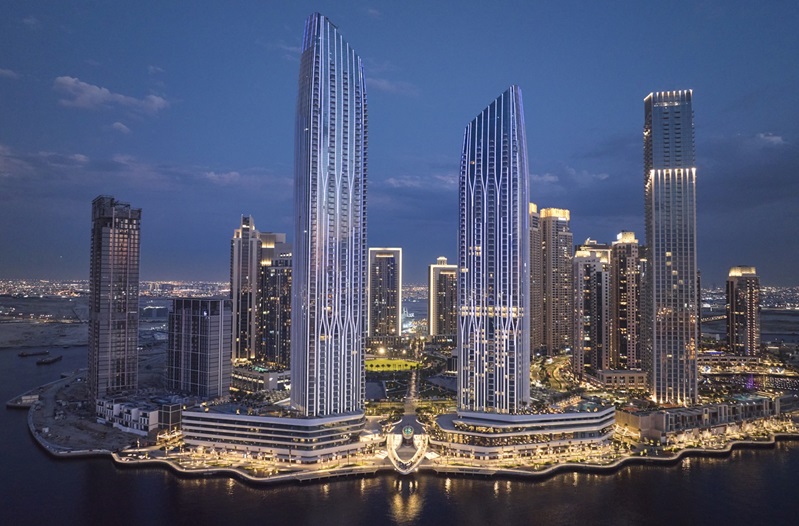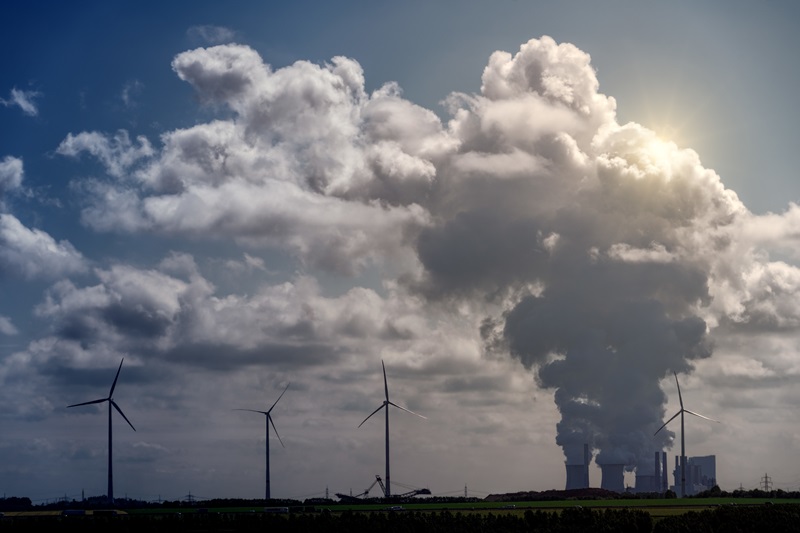
Harnessing the Power of the Sun
The UAE aims to achieve a sustainable infrastructure for generating power through renewable energy. And this is clearly reflected with the number of facilities installing photovoltaic panels on their rooftops. Megha S Anthony asks experts on their take on this rising trend…
While there are several factors that have converged to make renewable energy an attractive option to meet the UAE’s energy needs, the fact still remains that there is still a need for raising awareness among the end-users to invest in it. And this was seen among the responses received from a short survey conducted by ‘FM today’. It was interesting to note that a large majority do have plans to adopt Clean Energy in the form of Solar PV Panels at their facilities.
 Charalampos Sarafopoulos, General Manager, Al Shirawi Facilities Management rightly notes that we are all living in the era of Global Energy Transformation (GET). He adds, with energy costs and consumption rising at an exponential rate, the need for renewable/clean energy has never been greater. “This GET helped RESs Technology to be further developed and matured. HVAC systems, holding the pole position in energy consumption, became “Smarter” both as equipment but also operationally, LED lighting became a predefined design requirement and a retrofit priority, Energy Audits are no more a costly service but an FM Contract Requirement, BMS systems eventually received the importance they deserve, Facilities Management Companies adopted Clean Energy techniques as part of their routine activities, Centralisation Control & Monitoring became part of every large infrastructure,” adds Sarafopoulos.
Charalampos Sarafopoulos, General Manager, Al Shirawi Facilities Management rightly notes that we are all living in the era of Global Energy Transformation (GET). He adds, with energy costs and consumption rising at an exponential rate, the need for renewable/clean energy has never been greater. “This GET helped RESs Technology to be further developed and matured. HVAC systems, holding the pole position in energy consumption, became “Smarter” both as equipment but also operationally, LED lighting became a predefined design requirement and a retrofit priority, Energy Audits are no more a costly service but an FM Contract Requirement, BMS systems eventually received the importance they deserve, Facilities Management Companies adopted Clean Energy techniques as part of their routine activities, Centralisation Control & Monitoring became part of every large infrastructure,” adds Sarafopoulos.
But, every change requires time and in this case, the change is mostly related to the mentality of the people and the way they think. The Survey also concluded that.jpg) therewas still a need for awareness among the clients. And service providers in Dubai couldn’t agree more. Nadia Ibrahim, Head of Consultancy, Farnek, says that they have seen an increase in demand for energy managers in those clients who have energy efficiency as one of their core KPI’s. “We’ve seen an increase in the number of clients implementing energy efficiency in their facilities, this is often done ad-hoc, with one or two specific fast return retrofit projects like LED lights and/or water saving solutions for example. However, we have noticed that some projects can take1-2 years from the moment we suggest the solution to the procurement stage, which is too slow and can negate the potential savings,” adds Ibrahim.
therewas still a need for awareness among the clients. And service providers in Dubai couldn’t agree more. Nadia Ibrahim, Head of Consultancy, Farnek, says that they have seen an increase in demand for energy managers in those clients who have energy efficiency as one of their core KPI’s. “We’ve seen an increase in the number of clients implementing energy efficiency in their facilities, this is often done ad-hoc, with one or two specific fast return retrofit projects like LED lights and/or water saving solutions for example. However, we have noticed that some projects can take1-2 years from the moment we suggest the solution to the procurement stage, which is too slow and can negate the potential savings,” adds Ibrahim.
Technology and its impact
When it comes to technology it’s all about how efficiently one can use the power generated by the panels and at the same time, the amount of energy one can save in the process. So products like lighting sensors, LED lights, HVAC systems or retrofitting solutions like VFDs, PICVs, and integrated variable flow pumps, or even the robotic solar panel cleaners, the list is endless in the market. However, the impact of such technology is impressive. Majority of these products have immense benefits to energy savings and provide returns within 2-4 years and enabling savings of between 15% to 80% savings on respective consumption.
 Sasi Kumar, Operations Manager, Concordia, rightly points out that technology is becoming all-encompassing. “Smart building technology can eliminate the need to manually adjusting the temperature, turning off lights or activate security and life safety alarms. Plus, building automation systems can integrate disparate systems – such as HVAC, lighting, security, access control, and video surveillance – into one set of controls making it easier for the facility team to manage. Data Analytic tools can further provide various insights that could help facilities professionals in making informed decisions along with getting real-time information on the impact of such changes,” he adds.
Sasi Kumar, Operations Manager, Concordia, rightly points out that technology is becoming all-encompassing. “Smart building technology can eliminate the need to manually adjusting the temperature, turning off lights or activate security and life safety alarms. Plus, building automation systems can integrate disparate systems – such as HVAC, lighting, security, access control, and video surveillance – into one set of controls making it easier for the facility team to manage. Data Analytic tools can further provide various insights that could help facilities professionals in making informed decisions along with getting real-time information on the impact of such changes,” he adds.
It is important to note that when we talk about technology here, there are different kinds and the impact is of various degrees. At Farnek, the primary focus is to leverage technology that enables data acquisition and analytics. “This could be CAFM upgrades turning excel manual reading into device entry that is automatically sent to CAFM for dashboards or real-time IoT (Internet of Things) monitoring providing instant data that can be collated into timely information. Graphical representations of data help to spot the deviations of consumption (or patterns if the sensors show vibration or temperature) by type of equipment and to target these areas for investigation and rectification decisions. This can create 5% annual savings and helps identify areas for retrofit,” explains Ibrahim.
He goes on to add that the second type of technology is the controls, which means that the software is integrated with the field panels and is given the authority based on approved operations parameters to rectify the energy requirements on agreed assets (lights levels or timings, chilled water flow, set points, operating schedules, sequencings). “It, therefore, secures energy efficient and effective operation of key systems and assets. This is the case for Chiller Plant Management systems. We have seen savings of up to 30% with solutions based on the type of chillers and load patterns,” says Ibrahim.
However, the cost is still a matter of concern. Sarafopoulos explains that the expensive equipment with a non-attractive ROI made the idea of ‘Clean Energy’ a bride that everyone loves but no one wants to marry. “I can recall days back in 2007 till 2010 where the cost of the energy supplied by government authorities vs the cost produced by RESs made the investment not feasible,” he adds.
Having the drastic climate change from one side and the cost from the other, made the need for lowering the RESs cost mandatory towards the target for sustainable growth. This decline along with digitalization, electrification solutions, smart practices, and technologies created new opportunities in energy efficiency. “More and more companies that were prior dealing with building systems and even materials (civil) turned their focus on developing new technologies and practices that would lead eventually to energy efficiency. The market grew and became wiser. Any building management software has from now on an energy efficiency module which monitors and controls the consumption and every equipment has the ability to be connected in this system. Energy Efficiency companies found ways to connect more and more building assets to their ECMs. Any heavy consumption equipment has based its production and branding in cost efficiency,” says Sarafopoulos.
You may also be interested in:
Why do you need active maintenance & management of solar panels?
Key Challenges Faced in Solar Power
The Rise in Clean Energy


 Charalampos Sarafopoulos, General Manager, Al Shirawi Facilities Management rightly notes that we are all living in the era of Global Energy Transformation (GET). He adds, with energy costs and consumption rising at an exponential rate, the need for renewable/clean energy has never been greater. “This GET helped RESs Technology to be further developed and matured. HVAC systems, holding the pole position in energy consumption, became “Smarter” both as equipment but also operationally, LED lighting became a predefined design requirement and a retrofit priority, Energy Audits are no more a costly service but an FM Contract Requirement, BMS systems eventually received the importance they deserve, Facilities Management Companies adopted Clean Energy techniques as part of their routine activities, Centralisation Control & Monitoring became part of every large infrastructure,” adds Sarafopoulos.
Charalampos Sarafopoulos, General Manager, Al Shirawi Facilities Management rightly notes that we are all living in the era of Global Energy Transformation (GET). He adds, with energy costs and consumption rising at an exponential rate, the need for renewable/clean energy has never been greater. “This GET helped RESs Technology to be further developed and matured. HVAC systems, holding the pole position in energy consumption, became “Smarter” both as equipment but also operationally, LED lighting became a predefined design requirement and a retrofit priority, Energy Audits are no more a costly service but an FM Contract Requirement, BMS systems eventually received the importance they deserve, Facilities Management Companies adopted Clean Energy techniques as part of their routine activities, Centralisation Control & Monitoring became part of every large infrastructure,” adds Sarafopoulos. .jpg) therewas still a need for awareness among the clients. And service providers in Dubai couldn’t agree more. Nadia Ibrahim, Head of Consultancy, Farnek, says that they have seen an increase in demand for energy managers in those clients who have energy efficiency as one of their core KPI’s. “We’ve seen an increase in the number of clients implementing energy efficiency in their facilities, this is often done ad-hoc, with one or two specific fast return retrofit projects like LED lights and/or water saving solutions for example. However, we have noticed that some projects can take1-2 years from the moment we suggest the solution to the procurement stage, which is too slow and can negate the potential savings,” adds Ibrahim.
therewas still a need for awareness among the clients. And service providers in Dubai couldn’t agree more. Nadia Ibrahim, Head of Consultancy, Farnek, says that they have seen an increase in demand for energy managers in those clients who have energy efficiency as one of their core KPI’s. “We’ve seen an increase in the number of clients implementing energy efficiency in their facilities, this is often done ad-hoc, with one or two specific fast return retrofit projects like LED lights and/or water saving solutions for example. However, we have noticed that some projects can take1-2 years from the moment we suggest the solution to the procurement stage, which is too slow and can negate the potential savings,” adds Ibrahim.  Sasi Kumar, Operations Manager, Concordia, rightly points out that technology is becoming all-encompassing. “Smart building technology can eliminate the need to manually adjusting the temperature, turning off lights or activate security and life safety alarms. Plus, building automation systems can integrate disparate systems – such as HVAC, lighting, security, access control, and video surveillance – into one set of controls making it easier for the facility team to manage. Data Analytic tools can further provide various insights that could help facilities professionals in making informed decisions along with getting real-time information on the impact of such changes,” he adds.
Sasi Kumar, Operations Manager, Concordia, rightly points out that technology is becoming all-encompassing. “Smart building technology can eliminate the need to manually adjusting the temperature, turning off lights or activate security and life safety alarms. Plus, building automation systems can integrate disparate systems – such as HVAC, lighting, security, access control, and video surveillance – into one set of controls making it easier for the facility team to manage. Data Analytic tools can further provide various insights that could help facilities professionals in making informed decisions along with getting real-time information on the impact of such changes,” he adds. 

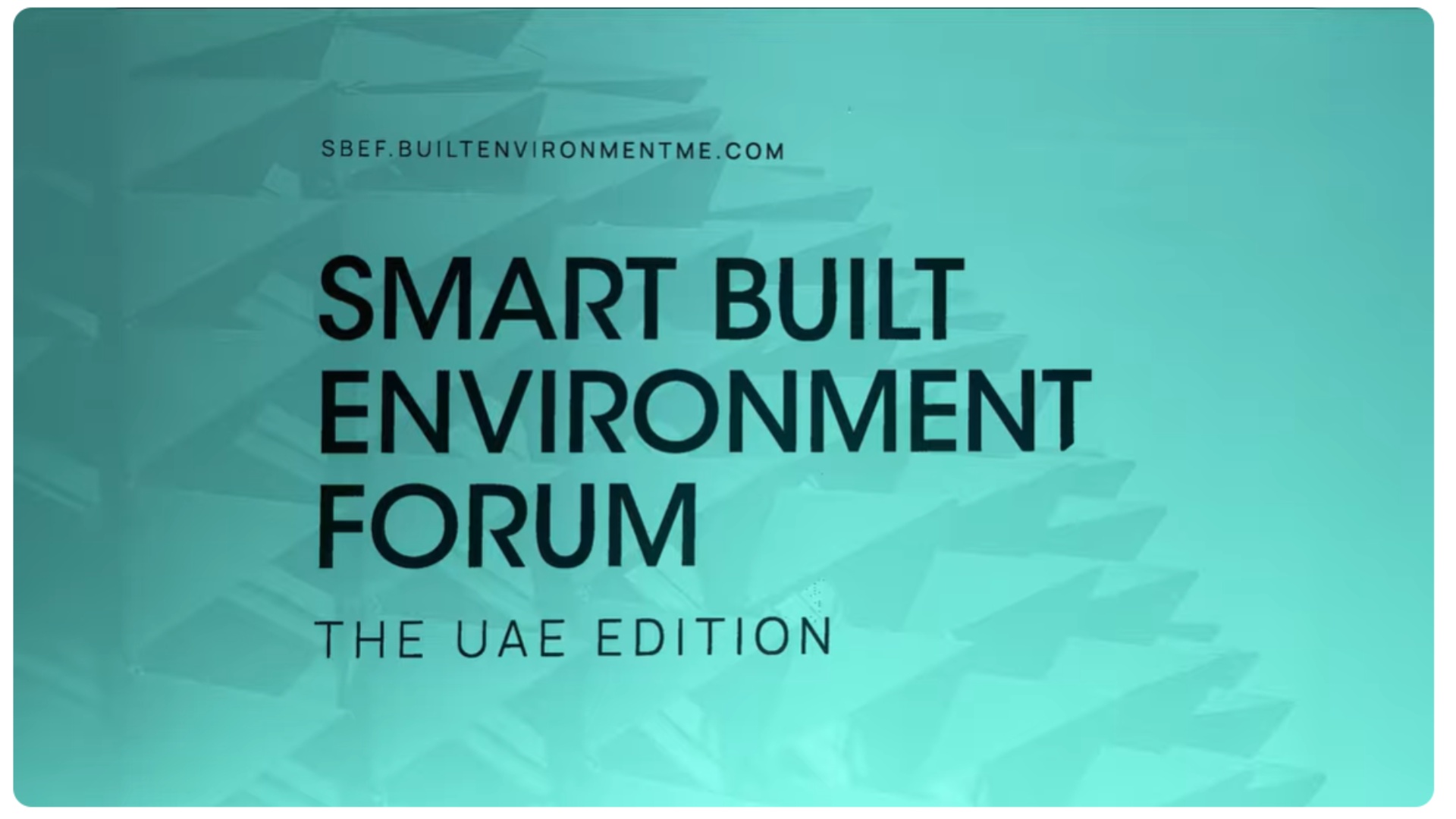





.jpg)
